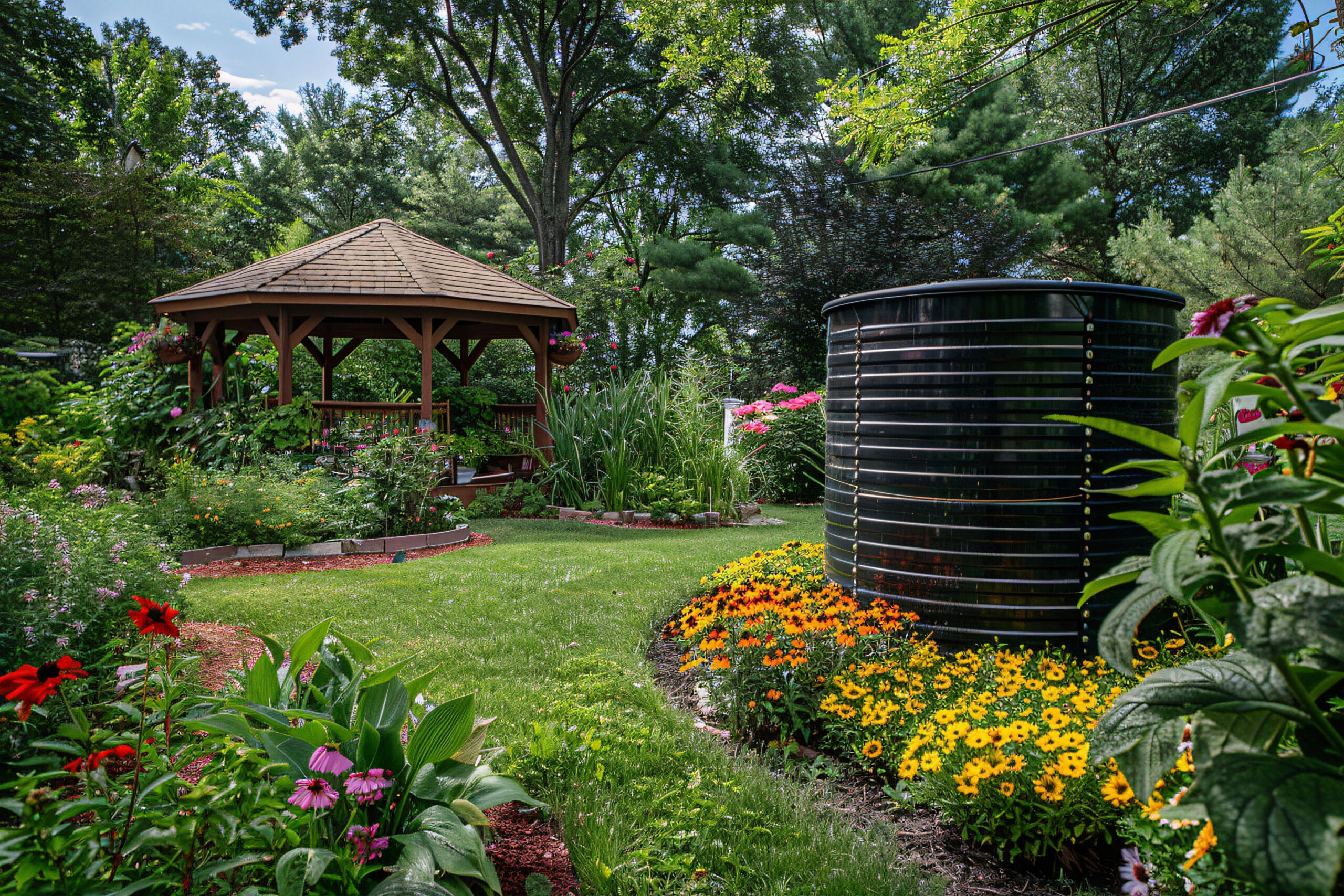Introduction
Imagine entering your backyard to find a lush, colourful, environmentally friendly garden that is a gift to the earth as well as a visual feast. With a few easy adjustments, it’s not just a dream it’s attainable. This guide will show you 10 doable, significant ways to turn your outdoor area into a sustainable haven, regardless of your level of expertise. Using reliable research, my own experiments, and my enthusiasm for eco-friendly living, I’ll teach you how to preserve nature with minimal effort and maximum benefit. Let’s get our hands dirty!
1. Choose Native Plants for a Thriving Ecosystem

The foundation of an environmentally friendly garden is the planting of native species. These plants are low-maintenance superstars that require less water and care because they have adapted to the climate and soil in your area. Additionally, they support pollinators like butterflies and bees, increasing biodiversity in your own backyard. In my garden, I replaced water-hungry exotics with native plants like sage and black-eyed Susans. The outcome? My water usage has decreased by 30%, and my garden is thriving. You can choose the ideal natives for your area with the aid of the USDA Plant Hardiness Zone Map. Are you interested in planting organically? See our Organic Gardening Guide.
2. Start Composting to Slash Waste
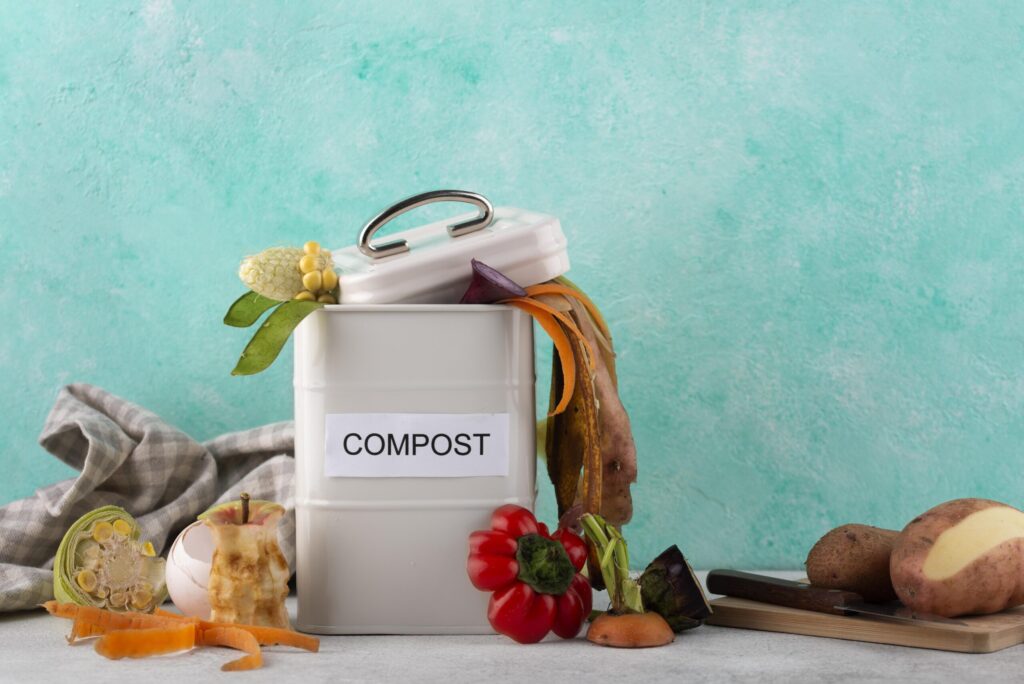
Composting transforms yard waste and kitchen scraps into valuable resources for your garden. It naturally enriches your soil and reduces methane emissions from landfills, of which the EPA estimates that organic waste accounts for around 30%. I began by throwing grass clippings and coffee grounds into a small bin behind my shed. Without using any artificial fertiliser, my plants were flourishing in a matter of months. Are you new to composting? It’s as simple as arranging “greens” (vegetable peels) on top of “browns” (dry leaves). Do you need help? You’re covered by this Zero-Waste Guide.
3. Conserve Water with Smart Systems
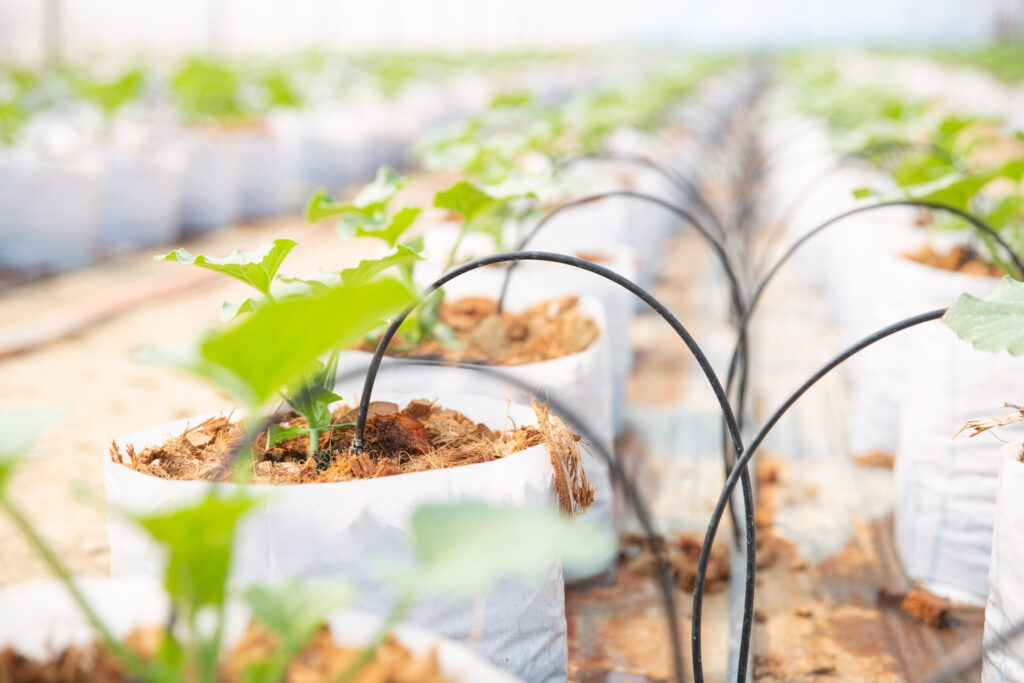
An eco-friendly garden sips water instead of guzzling it, and water is valuable. According to the University of California Agriculture and Natural Resources, drip irrigation or soaker hoses cut waste by up to 50% when compared to sprinklers by delivering water directly to plant roots. I installed a rain barrel beneath my downspout, which reduced my usage by 20% and provided free water on dry days. To reduce evaporation, try mulching (more on that later) or watering in the early morning. Investigate Rain Gardens: A Comprehensive Guide to Sustainable Landscaping.
4. Mulch with Nature’s Blanket
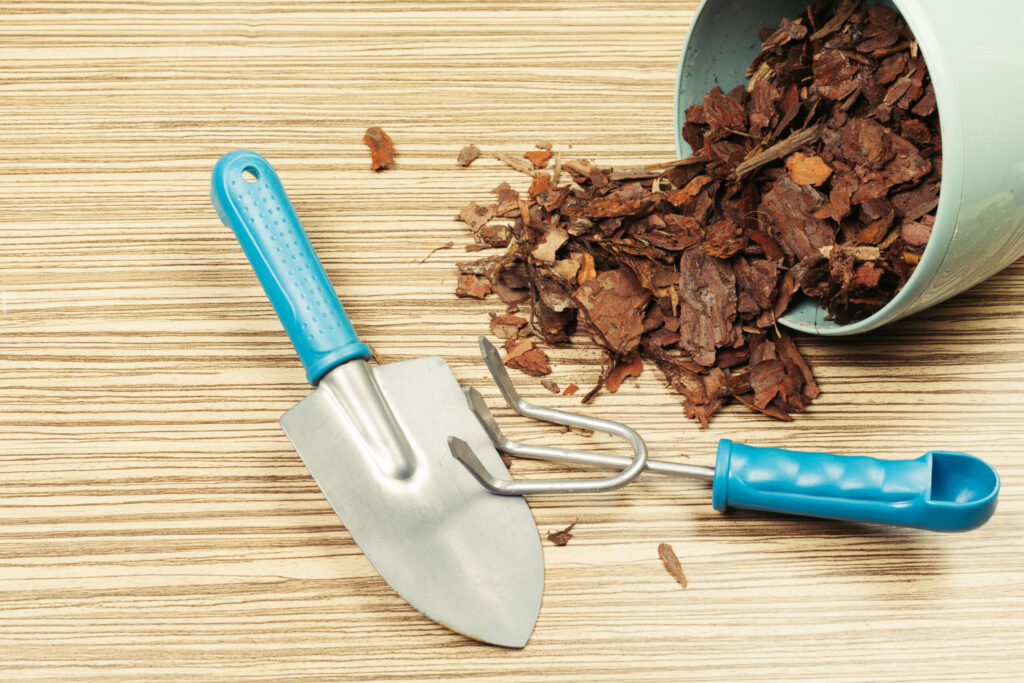
Wood chips, straw, or shredded leaves are examples of organic mulch, which is a triple threat because it retains moisture, suppresses weeds, and, as it decomposes, enriches the soil. According to Cornell University research, mulched gardens can hold 70% more water. Watering my roses in my plot was cut in half with a 3-inch layer. Avoid plastic mulch; it’s a nightmare for landfills. Use natural materials that break down and support the health of the ecosystem in your garden.
5. Roll Out the Welcome Mat for Pollinators
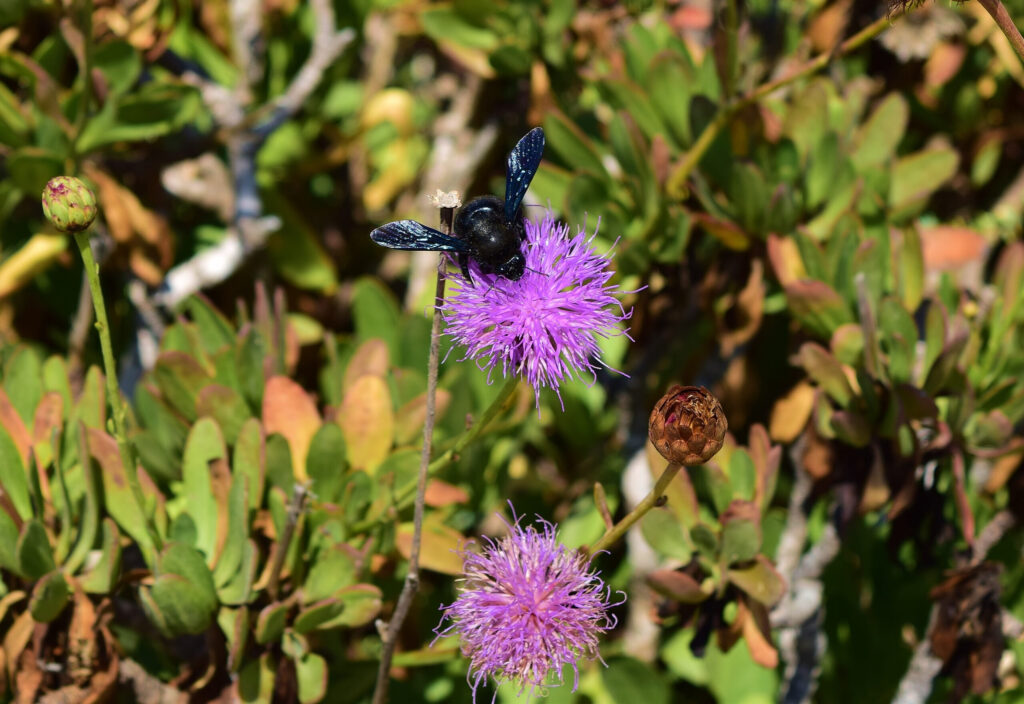
Not only are pollinators beautiful, they are essential. 75% of crops depend on them, according to the Xerces Society. To attract bees and butterflies, plant blooms that are high in nectar, such as milkweed, sunflowers, or zinnias. After I created a “pollinator patch” in my garden, it became a bustling hotspot in a matter of weeks. Steer clear of pesticides they cause more harm than pests. Check out our Green Garden Guide for additional advice.
6. Fight Pests the Natural Way

Chemical pesticides? Pass. Eco-friendly gardens lean on nature’s pest patrol: ladybugs, neem oil, or companion planting. Pairing marigolds with tomatoes in my beds kept aphids at bay science backs this up, with Purdue Extension citing marigolds’ pest-repellent compounds.
Mix 1 teaspoon of neem oil with water in a spray bottle for a DIY fix. It’s safe, effective, and keeps your garden chemical-free.
7. Light Up with Solar Power
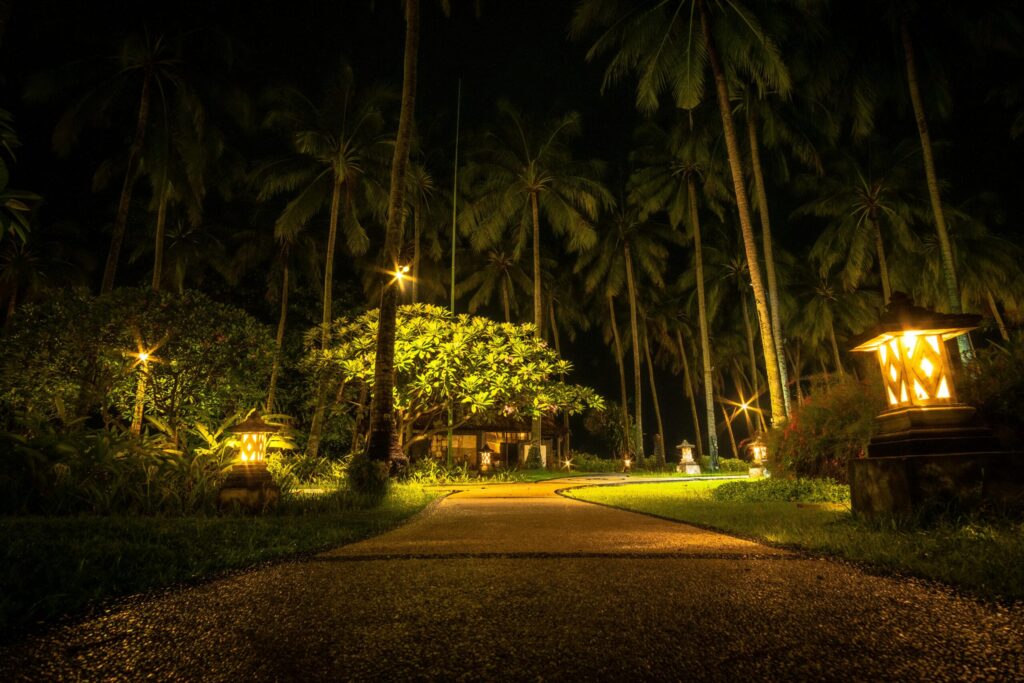
Fountains or lights that run on solar power add charm without using energy. They use the sun no guilt, no emissions. Solar stakes that I placed along my walkway have been consistently glowing for more than a year. According to the U.S. Department of Energy, solar devices can reduce outdoor energy consumption by 80%. Check out our guide to Sustainable House Materials for more eco-friendly improvements.
8. Build a Wildlife Haven
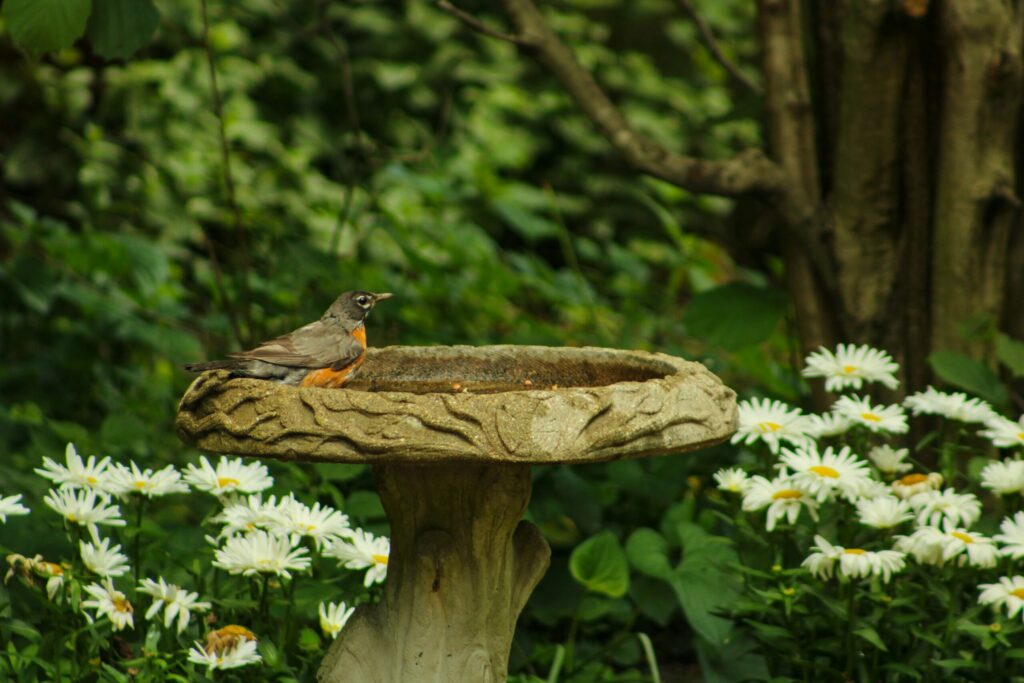
Beyond plants, an eco-friendly garden is teeming with life. You can attract creatures that maintain the equilibrium of your ecosystem by placing birdhouses, bat boxes, or a shallow pond. Now that I have a birdbath ($20 from a thrift store), sparrows splash every day, controlling insect pests. Wildlife is drawn to native plants and water features. A minor change can have significant repercussions.
9. Upcycle for Unique Style
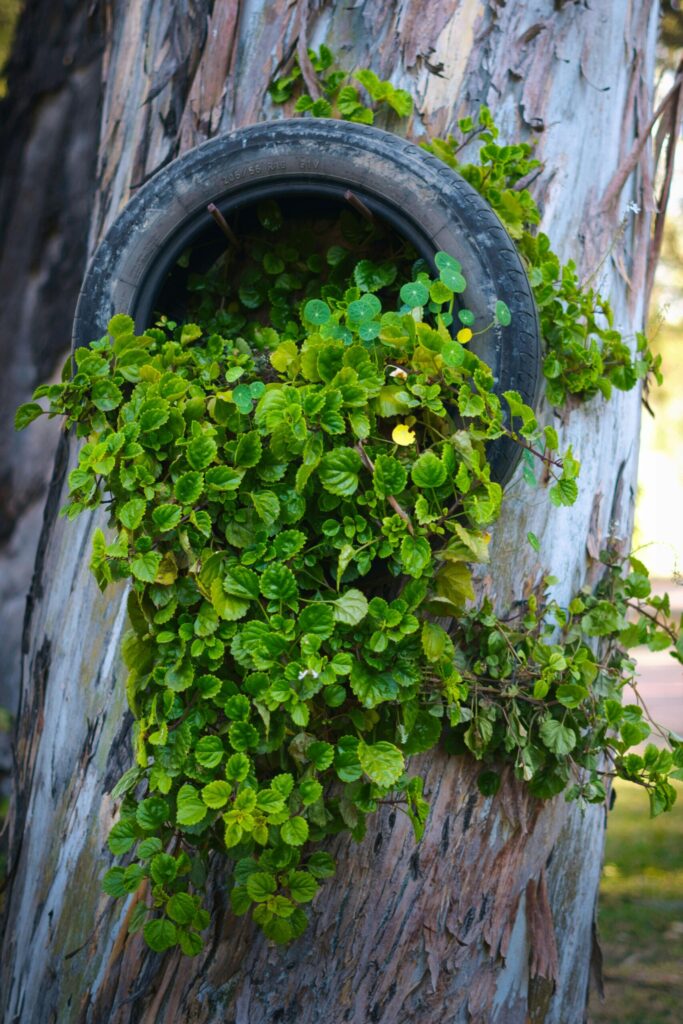
When you can reuse, why buy new? Paths are lined with broken bricks, and old tires are turned into planters. I made a vertical herb garden out of a rickety ladder; thyme and basil now reach the sky. By reusing what is available, the Ellen MacArthur Foundation promotes this circular strategy and reduces waste. Use your creativity to create eco-friendly décor.
10. Grow Your Own Grub

Homegrown food is the most environmentally friendly. It eliminates plastic packaging and reduces transportation emissions the NRDC estimates that store-bought vegetables travel 1,500 miles. In my backyard cherry tomato plants produce buckets of fruit. Start small by growing greens in a raised bed or herbs on a sill. What’s not to love about fresh, organic, and environmentally friendly products?
Key Insights: Traditional vs. Eco-Friendly Gardening
| Aspect | Traditional Gardening | Eco-Friendly Gardening |
|---|---|---|
| Water Use | High (sprinklers, hoses) | Low (drip systems, rain barrels) |
| Pest Control | Synthetic chemicals | Natural allies (insects, plants) |
| Soil Health | Fertilizers that runoff | Compost and mulch that nourish |
| Biodiversity | Monoculture lawns | Native plants and wildlife |
| Carbon Footprint | High (mowers, imports) | Low (solar, local resources) |
Conclusion: Your Green Journey Starts Now
An eco-friendly garden combines aesthetics and functionality. Every suggestion, from upcycling trash to planting native plants, moves you closer to leaving a smaller environmental impact and developing a closer bond with the natural world. Less waste, more life, and a quiet pride in growing sustainably are all things I’ve witnessed in my own garden. Are you prepared to get started? Discover more at EcoCortex or share your eco-gardening successes below. Together, let’s make the world greener!
FAQ: Eco-Friendly Gardening
1. What defines an eco-friendly garden?
It’s a space that minimizes harm using sustainable practices like water conservation and natural pest control. See the 10 tips above.
2. How do I start making my garden sustainable?
Begin with native plants and composting. Dive deeper with our Organic Gardening Guide.
3. Which plants suit an eco-friendly garden best?
Natives—they’re low-maintenance and wildlife-friendly. Check your zone in the USDA guide.
4. How can I cut water use in my garden?
Use drip irrigation and mulch. Learn more in our Rain Gardens Guide.
5. Are recycled materials safe for gardening?
Yes, if clean and non-toxic—like wood or clay. Get ideas from Eco-Friendly Decor.
6. How do I draw pollinators to my garden?
Plant flowers and skip chemicals. Our Green Garden Guide has more.
7. Is composting worth the effort?
Totally—it’s easy and boosts soil health. Start with this Zero-Waste Guide.
Images designed by freepik

